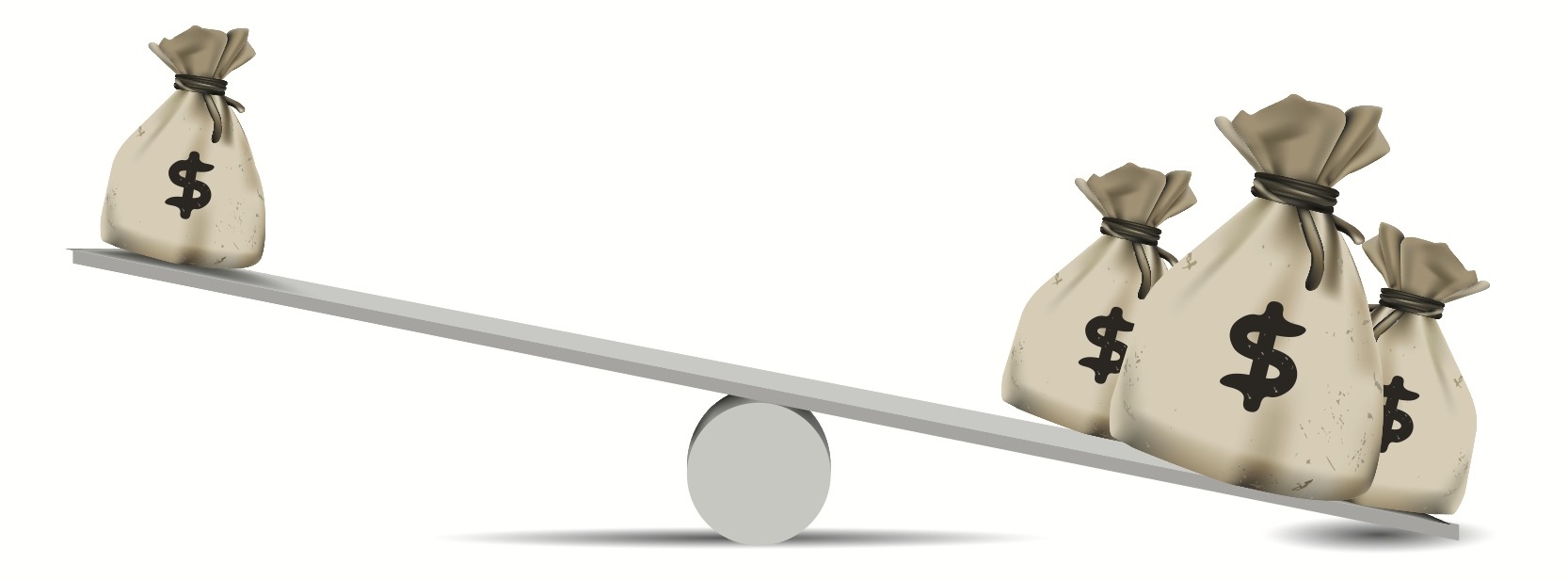
Why Do LBOs Generate Higher Returns?
If you ask a financial sponsor what generates a higher return — a standard acquisition or a leveraged buyout (“LBO”) — all else being equal, everyone will agree that the LBO does. Why is this the case?
To begin, an LBO is basically a special type of acquisition characterized by two distinct features. First, the buyer finances the majority of the purchase with debt (i.e., borrowed cash). Second, the buyer uses the target’s assets and cash flow as collateral to raise the debt used to purchase it.
For most deals, a standard LBO debt-to-equity ratio is around 70% debt and 30% equity. This ratio is the single most important factor affecting how high your return is. Why? Because debt is cheaper than equity. As a result, all else being equal, the more debt you use in a transaction, the higher your internal rate of return (“IRR”).
To understand how this works, let’s look at a simple acquisition of ABC Company. The company has EBITDA of $25 million. It’s being sold to an investor for 6.0x EBITDA, or $150 million.
Scenario A: Acquisition with no debt
In our first scenario, our buyer pays $150 million in cash and holds the company for six years.
At the end of six years, the EBITDA has grown from $25 million to $33 million. The buyer now turns around and sells the company for the same multiple — 6.0x EBITDA — or $198 million. His IRR on investing $150 million and redeeming $198 million upon exit is 4.7% annually.
Scenario B: Acquisition with 70% debt
In our second scenario, the buyer pays the same $150 million to buy ABC Company. However rather than paying $150 million out of pocket, he decides to finance the purchase with 70% debt, which comes out to $105 million of debt. This leaves him to invest $45 million, or 30% equity, upon entry.
At the end of six years, he sells the same company again for $198 million, pays back the $105 million that he borrowed in cash, and walks away with $93 million in equity.
As a result, he effectively invested $45 million at t=0 and is walking away with $93 million today. The resulting IRR is 12.9%. This is almost three times the return of buying and selling the exact same company without using debt.
Scenario C: Acquisition with 70% debt + $45 million debt paydown
In Scenario C, the buyer pays the same $150 million to buy the company, and finances the acquisition with 70% debt and 30% equity. However, the company also pays down $45 million of debt over the six year holding period.
At the end of six years, the sponsor sells again for $198 million, but now only has to pay back the remaining $60 million debt balance. As a result, he gets $138 million back in equity from his initial $45 million investment. This further improves his returns and leaves him with 20.5% IRR.
Scenario D: Acquisition with 70% debt + $45 million debt paydown + multiple expansion
In Scenario D, the buyer pays the same $150 million to buy ABC Company, finances with a 70% to 30% debt-to-equity ratio, and pays down $45 million of debt over the interim. However, the buyer is also able to sell the company for two more turns (e.g., 8.0x vs 6.0x) of EBITDA than its original acquisition price. This is called multiple expansion.
Consequently, whereas he paid 6.0x the target’s $25 million EBITDA (or $150 million) upon entry, he’s now exiting at 8.0x the target’s $33 million EBITDA (or $264 million).
He takes the $264 million in proceeds from the sale, pays back the remaining $60 million of outstanding debt, and walks away with a total of $204 million in equity on an initial investment of just $45 million. His IRR is now 28.6%.
This exercise excludes the cost of interest payments, the benefit of the tax shield on debt, the higher default risk resulting from higher leverage, the higher business efficiency originating from increased discipline, and the effects of dividends and distributions. However it illustrates in plain arithmetic the way and amplitude in which leverage, debt paydown, and multiple expansion can take a common investment from 4.7% to 28.6% internal rate of return.
